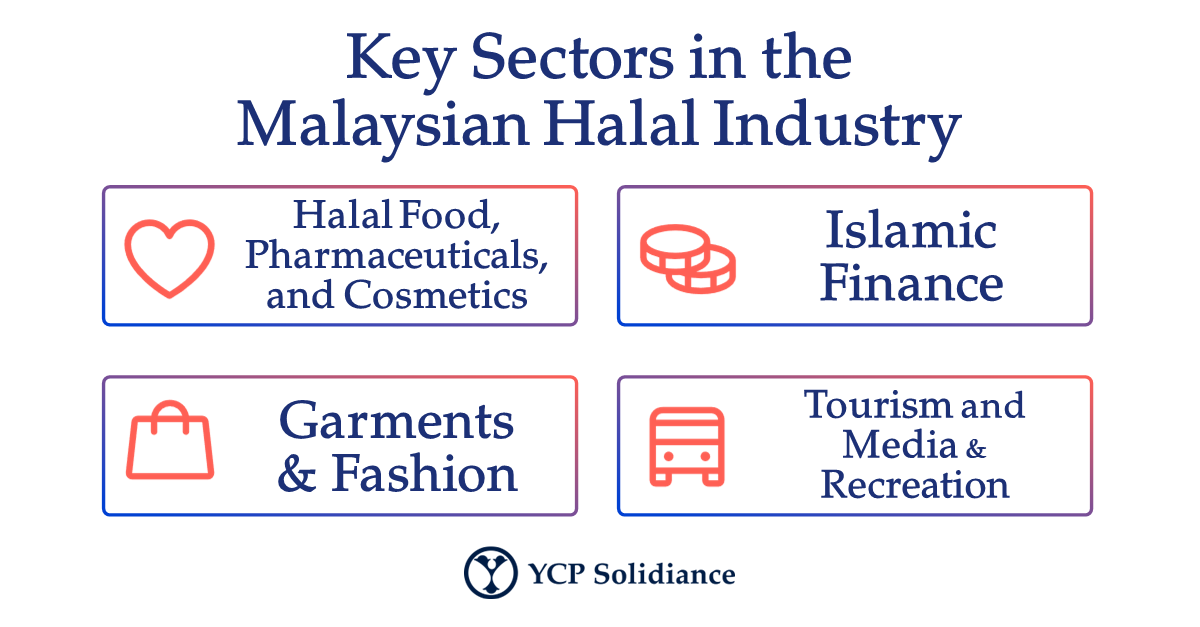Last September 2022, during the 18th annual Malaysia International Halal Showcase in Kuala Lumpur, Chinese and Malaysian business entities signed 15 memorandums of understanding (MoUs) that aim to facilitate the importation of halal products made by small and medium-sized enterprises (SMEs) from Malaysia to China via cross border e-commerce channels.
This development indicates a surge of interest in halal products, and as such, the halal industry in Malaysia is now presented with the opportunity to further extend its reach on a global stage. Likewise, Malaysian halal businesses must now adapt and rise to the challenge to meet the increased demand, both within Asia and internationally.

The MoUs made to increase the importation of Malaysian halal products for the consumption of the Chinese market was a likely outcome as China was Malaysia’s largest export market in 2021, managing to export goods valued at a total of approximately 1 billion USD. Moreover, the halal industry in Malaysia has a wide variety of offerings that are appealing for general consumption.
In a previous YCP Solidiance report on Malaysia’s halal industry, the local sector may be categorized into four major areas: (1) Halal Food, Pharmaceuticals, and Cosmetics; (2) Islamic Finance; (3) Garments and Fashion; and (4) Tourism and Media & Recreation. Given that the Muslim population in China is expected to reach 28 million by the end of 2022 as per China Briefing, the importation of halal goods is beneficial to stakeholders from both China and Malaysia.
To facilitate the importation of halal goods to China, online and digital platforms will be the main distribution channel, which naturally entails cross-border e-commerce. As such, the sale of halal goods in China will be easily accessible, so stakeholders should expect a variety of transactions be it business-to-consumer (B2C), business-to-business (B2B), or consumer-to-consumer (C2C).
Further, depending on the platform used in China, cross-border e-commerce will also help streamline the supply chain by which halal goods will be subject to as e-commerce facilitators like HYT Cross Border have integration solutions in several areas such as customs clearance, warehouse logistics, marketing, etc. Overall, by leveraging cross-border e-commerce as the primary medium for the distribution and sale of Malaysian halal goods in China, both consumers and sellers will be able to freely explore related opportunities with relative ease.
Supporting the Growth of Halal Businesses in Malaysia
While halal businesses are presented with the promising opportunity to partner with international parties, they must first ensure that they secure halal certification from the Department of Islamic Development Malaysia, or JAKIM for short. Currently, only 10,000 SMEs have been certified.
Attempting to address this gap, the Halal Development Corporation (HDC)–the mandated government agency to spearhead halal economy growth in Malaysia– aims to help approximately 50,500 Malaysian SMEs to secure halal certificates. Such a development will achieve several goals, namely: to bolster the growth of Malaysia’s halal industry, increase the number of exports in anticipation of the partnerships with businesses in China, and help SMEs achieve legitimacy to explore business with foreign and domestic partners alike.
As Malaysia’s halal industry takes steps to ensure its success worldwide, continued cooperation between the public and private sectors on several levels will be essential. Further, it is important that Malaysia remains proactive and multifaceted in its approach as it will have to balance prioritizing growth both domestically and internationally. All things considered, interested parties should remain optimistic about the outlook of the Halal industry in Malaysia, as its growth will likely be sustained in the coming years.
